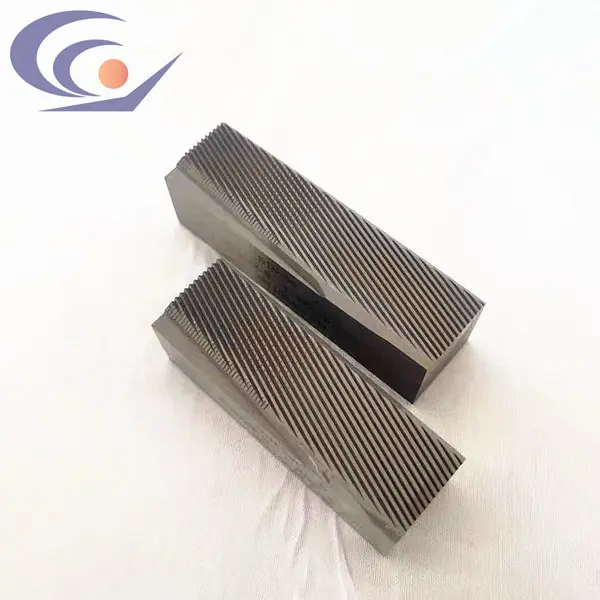Introduce:
Optimizing each component becomes critical as manufacturers strive to increase the precision and efficiency of their production processes. In this article, we explore the intricacies of flat thread rolling die design and shed light on the factors that ensure impeccable performance. So, let’s embark on this journey with a burning desire for perfection.
Learn about flat thread rolling die design:
Flat thread rolling die design is a critical aspect of the manufacturing process, especially for threaded fasteners such as bolts, screws and nuts. These molds are responsible for shaping the threads on the surface of the product with the highest precision and consistency. By utilizing the principles of cold working, they transform raw materials into strong components capable of withstanding demanding applications.
Key principles and considerations:
1. Material selection:
Choosing the right flat thread rolling die material is critical. Typically, this requires the use of high-quality alloy tool steels with exceptional hardness, wear resistance and toughness. By selecting the correct material, manufacturers can expect increased tool life, lower production costs and less downtime.
2. Mold shape and geometry:
The design of thread rolling dies material relies on complex shapes and geometries to achieve seamless thread forming. Optimum die geometry parameters include a perfect combination of pitch, thread length, flank angle, root radius and major diameter. Careful attention to these aspects ensures smooth operation, excellent thread quality and minimal material waste.
3. Heat treatment:
Heat treatment processes such as quenching and tempering significantly affect the performance and durability of flat thread rolling dies. Proper heat treatment can improve the hardness, strength, wear resistance and fatigue resistance of the mold. This ensures that the die can withstand the high pressure and repetitive nature of the thread rolling process, maintaining its shape and function over an extended period of time.
4. Lubrication and cooling:
Effective lubrication is essential to obtain ideal flat thread rolling results. Proper lubrication has several benefits, including reducing friction, improving material flow, and preventing die wear and heat. Additionally, an efficient cooling mechanism helps keep the mold temperature within an optimal range, preventing overheating and improving performance.
Advances in Flat Thread Rolling Die Design:
With the continuous development of manufacturing technology, flat thread rolling die design has made remarkable progress in recent years. These include the use of computer-aided design (CAD) software to create high-precision and complex mold geometries. Additionally, the integration of nanotechnology and composite materials in mold making has resulted in superior performance, increased mold life and reduced downtime.
In conclusion:
Mastering the art of flat thread rolling die design is a critical step in achieving precision and efficiency in the manufacturing process. By understanding and implementing fundamental principles and careful consideration of materials, mold geometry, heat treatment and lubrication, manufacturers can unlock the true potential of their production capabilities. As the industry continues to evolve, advancements in flat thread rolling die design will undoubtedly play a key role in raising quality and performance standards across industries. So, embark on this journey, embrace innovation, and uncover the amazing possibilities that await in the world of flat rolling die design!
Post time: Aug-28-2023



